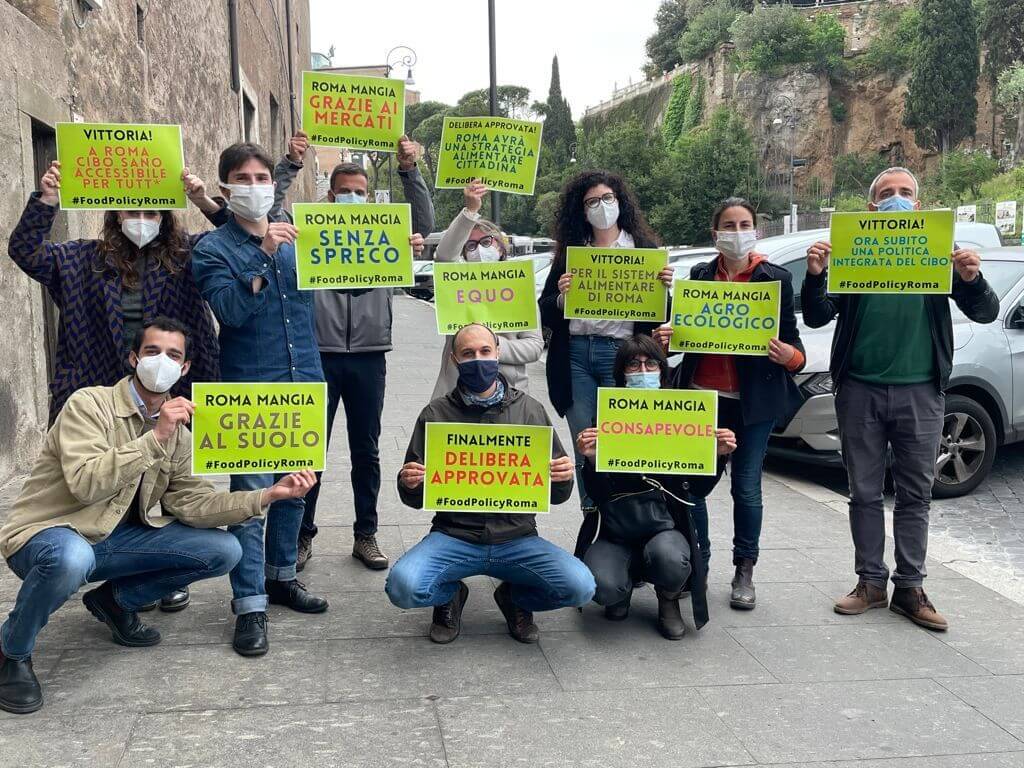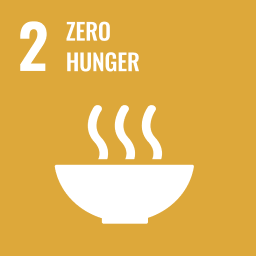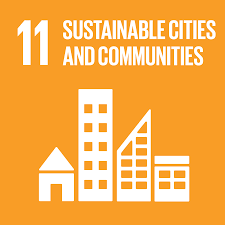The action and its aims
In Rome, Italy, a bottom-up process involving over 50 organisations has sought to secure buy-in from policy makers to develop an integrated food policy for the Italian capital. The aim is to bring more coordination and systemic thinking to the urban food system, both to address food and farming issues and to leverage existing strengths to help tackle other urban challenges.
Why it was needed
Rome made a commitment to develop an integrated food policy under the Milan Urban Food Policy Pact, which it signed in 2016. Over 45% – 58,000 ha – of the municipal area is agricultural land, but farmers face multiple threats, including land use changes, farm consolidation, and cognitive disconnect between consumers and their food sources. While there are many existing food-related initiatives to re-engage citizens of Rome and reignite the debate on sustainable, healthy and local food, there has tended to be little coordination between them.
Who initiated it, who is involved
The process began in 2018 with a discussion between Professor Davide Marino from Roma Tre University and Terra, a local environmental NGO, who then engaged a handful of other organisations and academics to conduct mapping and analysis of Rome’s food system. The group subsequently grew to involve over 50 organisations and individuals, including academics, farmers, agricultural and environmental associations, civil society, and sustainable development networks, who commented on the draft analysis and draw up priority action areas. In addition, representatives of the trade and environment departments of the municipality were engaged in October 2019.
Outcome/how it strengthened coordination
The mapping and analysis of Rome’s food system provided a framework for development of the integrated food policy by giving a better understanding of challenges, key issues to address and the priority actions that need to be taken by the city and its network. The advocacy process came to fruition on 27 April 2021, when the municipal assembly unanimously approved Resolution 38, ‘Approval of actions and instruments for the implementation of a food policy for metropolitan Rome’. The resolution includes the establishment of Food Policy Council made up of both non-governmental stakeholders and representatives of relevant municipal departments, with formal terms of reference.


